Growing bell peppers from seed can seem daunting, but trust me, it’s one of the most rewarding experiences a home gardener can have! Imagine biting into a crisp, juicy bell pepper you nurtured from a tiny seed – the flavor is simply unmatched. For centuries, bell peppers have been a staple in cuisines worldwide, adding vibrant color and a delightful sweetness to dishes from Spain to South America and beyond. Their journey from the Americas to our gardens is a testament to their adaptability and deliciousness.
But let’s be honest, buying bell pepper seedlings from the store can be expensive, and you’re often limited to the varieties they offer. That’s where the magic of DIY comes in! Learning how to successfully start your own bell peppers from seed opens up a world of possibilities. You can choose from a rainbow of colors, explore heirloom varieties with unique flavors, and, most importantly, save money while enjoying a bountiful harvest.
In this article, I’m going to share my tried-and-true tips and tricks for growing bell peppers from seed, even if you’re a complete beginner. We’ll cover everything from seed selection and germination to transplanting and ongoing care. Get ready to roll up your sleeves and embark on a fulfilling gardening adventure – your taste buds will thank you!
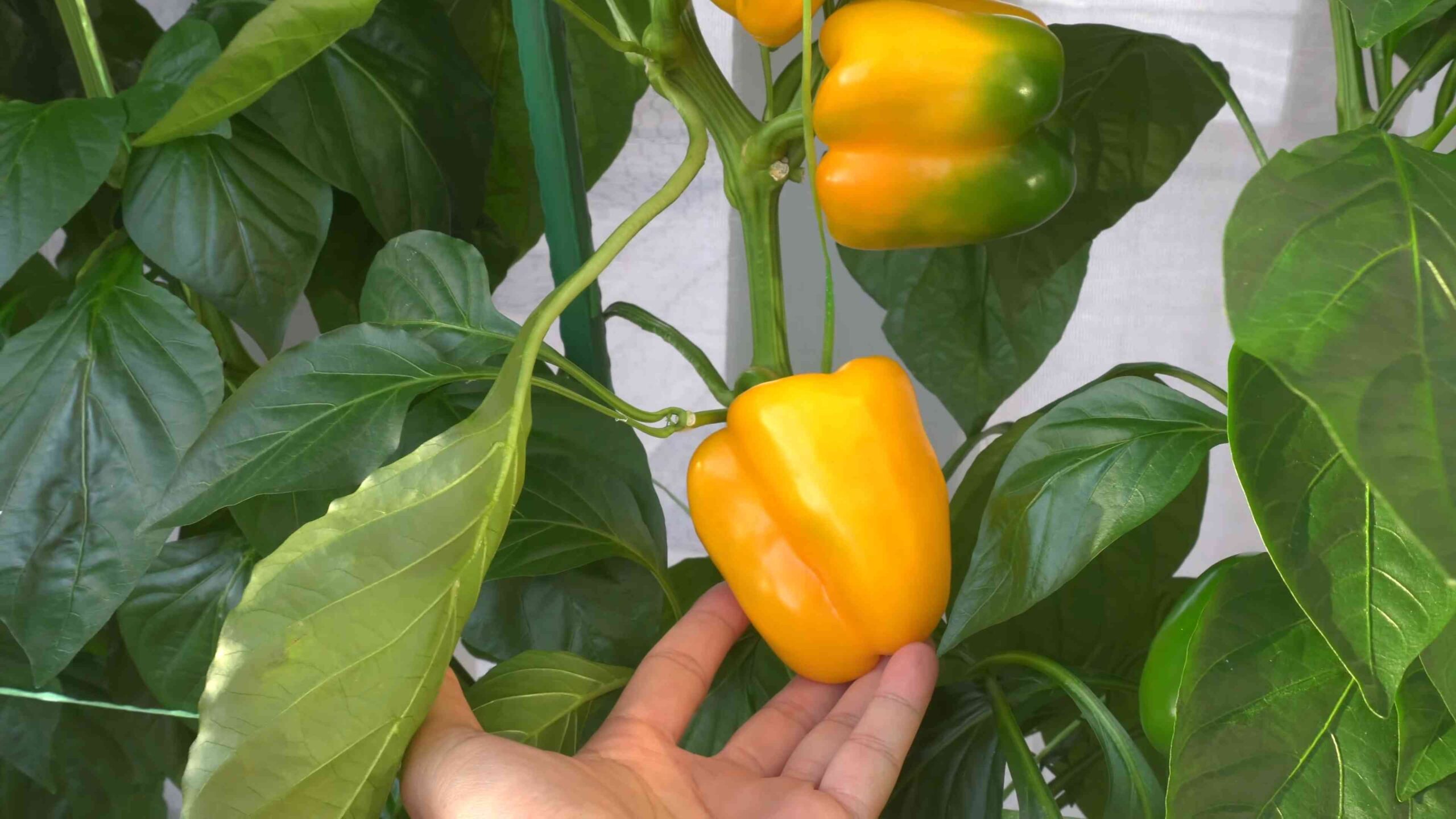
Growing Bell Peppers From Seed: A Beginner’s Guide
Hey there, fellow gardening enthusiasts! I’m so excited to share my experience and guide you through the rewarding process of growing bell peppers from seed. It might seem daunting at first, but trust me, with a little patience and these easy-to-follow steps, you’ll be harvesting your own delicious, vibrant bell peppers in no time!
Why Start Bell Peppers From Seed?
Growing bell peppers from seed offers several advantages:
* Cost-Effective: Buying seed packets is significantly cheaper than purchasing established pepper plants from a nursery.
* Variety Selection: You have access to a wider range of bell pepper varieties, including heirloom and unique colors that might not be available locally.
* Control Over Growing Conditions: You can ensure your peppers are grown organically and free from harmful pesticides from the very beginning.
* Personal Satisfaction: There’s nothing quite like the feeling of nurturing a plant from a tiny seed to a bountiful harvest.
What You’ll Need
Before we dive in, let’s gather all the necessary supplies. This will make the process smoother and more enjoyable.
* Bell Pepper Seeds: Choose your favorite bell pepper varieties! Consider factors like color, size, and disease resistance. I personally love growing both red and yellow bell peppers for a colorful harvest.
* Seed Starting Trays or Pots: These provide a controlled environment for germination. I prefer using seed starting trays with a humidity dome for optimal results.
* Seed Starting Mix: This is a lightweight, sterile soil mix specifically designed for seedlings. It provides good drainage and aeration. Avoid using garden soil, as it can be too heavy and may contain pathogens.
* Watering Can or Spray Bottle: Gentle watering is crucial to avoid disturbing the delicate seedlings.
* Heat Mat (Optional but Recommended): Bell peppers thrive in warm temperatures, so a heat mat can significantly improve germination rates, especially in cooler climates.
* Grow Lights (Optional but Recommended): Once the seedlings emerge, grow lights provide the necessary light for healthy growth, especially if you’re starting seeds indoors during the winter months.
* Plant Labels: Don’t forget to label your trays or pots with the variety of pepper you’re planting. Trust me, you’ll thank yourself later!
* Small Dibber or Pencil: This will help you create small holes in the soil for planting the seeds.
* Fertilizer: A balanced liquid fertilizer diluted to half strength will help nourish your seedlings once they have their first true leaves.
Getting Started: Sowing Your Bell Pepper Seeds
Bell peppers have a relatively long growing season, so it’s essential to start them indoors 6-8 weeks before the last expected frost in your area. I usually start mine in late February or early March.
1. Prepare Your Seed Starting Trays or Pots: Fill your seed starting trays or pots with seed starting mix. Gently tap the trays to settle the soil and remove any air pockets.
2. Moisten the Soil: Water the soil thoroughly until it’s evenly moist but not soggy. You can use a spray bottle or a watering can with a gentle nozzle.
3. Sow the Seeds: Using your dibber or pencil, create small holes about ¼ inch deep in the soil. Space the holes about 1-2 inches apart. Place one or two seeds in each hole. I usually plant two seeds per hole to increase the chances of germination.
4. Cover the Seeds: Gently cover the seeds with a thin layer of seed starting mix.
5. Water Again: Lightly water the soil again to ensure good seed-to-soil contact.
6. Label Your Trays or Pots: Don’t forget to label each tray or pot with the variety of bell pepper you’re planting.
7. Provide Warmth and Humidity: Place the seed starting trays on a heat mat and cover them with a humidity dome. This will create a warm and humid environment that promotes germination.
8. Monitor and Water: Check the soil moisture daily and water as needed to keep it consistently moist. Avoid overwatering, as this can lead to damping off, a fungal disease that can kill seedlings.
Nurturing Your Seedlings: From Germination to Transplanting
Once your bell pepper seeds germinate, it’s crucial to provide them with the right conditions to thrive.
1. Germination: Bell pepper seeds typically germinate in 7-14 days, depending on the temperature and humidity. Once you see the first seedlings emerge, remove the humidity dome and place the trays under grow lights.
2. Light: Provide your seedlings with 14-16 hours of light per day. If you’re using grow lights, position them a few inches above the seedlings. As the seedlings grow, you may need to adjust the height of the lights.
3. Watering: Water your seedlings regularly, allowing the soil to dry out slightly between waterings. Avoid overwatering, as this can lead to root rot.
4. Fertilizing: Once your seedlings have their first true leaves (the second set of leaves that appear after the initial seed leaves), start fertilizing them with a balanced liquid fertilizer diluted to half strength. Fertilize every 1-2 weeks.
5. Thinning (If Necessary): If you planted two seeds per hole and both germinate, you’ll need to thin them out, keeping the strongest seedling. To thin, simply snip off the weaker seedling at the soil line with a pair of scissors.
6. Hardening Off: Before transplanting your bell pepper seedlings outdoors, you’ll need to harden them off. This process gradually acclimates the seedlings to outdoor conditions, such as sunlight, wind, and temperature fluctuations. Start by placing the seedlings outdoors in a sheltered location for a few hours each day, gradually increasing the amount of time they spend outdoors over a period of 1-2 weeks.
Transplanting Your Bell Pepper Seedlings Outdoors
Once the danger of frost has passed and the soil has warmed up, it’s time to transplant your bell pepper seedlings outdoors.
1. Choose a Sunny Location: Bell peppers need at least 6-8 hours of sunlight per day to thrive. Choose a location in your garden that receives plenty of sunlight.
2. Prepare the Soil: Bell peppers prefer well-drained, fertile soil. Amend the soil with compost or other organic matter to improve drainage and fertility.
3. Space the Plants: Space the bell pepper plants about 18-24 inches apart. This will allow them plenty of room to grow and produce fruit.
4. Dig the Holes: Dig holes that are slightly larger than the root balls of the seedlings.
5. Transplant the Seedlings: Gently remove the seedlings from their trays or pots and place them in the holes. Make sure the top of the root ball is level with the surrounding soil.
6. Fill the Holes: Fill the holes with soil and gently firm the soil around the plants.
7. Water Thoroughly: Water the plants thoroughly after transplanting.
8. Mulch: Apply a layer of mulch around the plants to help retain moisture, suppress weeds, and regulate soil temperature. I like to use straw or wood chips.
9. Support (Optional): As the bell pepper plants grow, they may need support to prevent them from falling over, especially when they’re loaded with fruit. You can use stakes or cages to provide support.
Caring for Your Bell Pepper Plants
Once your bell pepper plants are established, it’s important to provide them with the ongoing care they need to thrive.
1. Watering: Water your bell pepper plants regularly, especially during hot, dry weather. Water deeply and less frequently, rather than shallowly and more often.
2. Fertilizing: Fertilize your bell pepper plants every 2-3 weeks with a balanced fertilizer.
3. Pest and Disease Control: Monitor your bell pepper plants regularly for pests and diseases. Common pests include aphids, flea beetles, and tomato hornworms. Common diseases include blossom end rot and fungal diseases. Take action to control pests and diseases as soon as you notice them.
4. Pruning (Optional): Pruning bell pepper plants can help improve air circulation and encourage fruit production. Remove any suckers (small shoots that grow from the base of the plant) and any yellowing or diseased leaves.
5. Harvesting: Bell peppers are typically ready to harvest 60-90 days after transplanting, depending on the variety. Harvest the peppers when they’re fully colored and firm to the touch. Use a sharp knife or scissors to cut the peppers from the plant, leaving a small stem attached.
Troubleshooting Common Problems
Even with the best care, you may encounter some problems when growing bell peppers. Here are some common issues and how to address them:
* Blossom End Rot: This is a common problem caused by calcium deficiency. The bottom of the pepper turns brown and leathery.
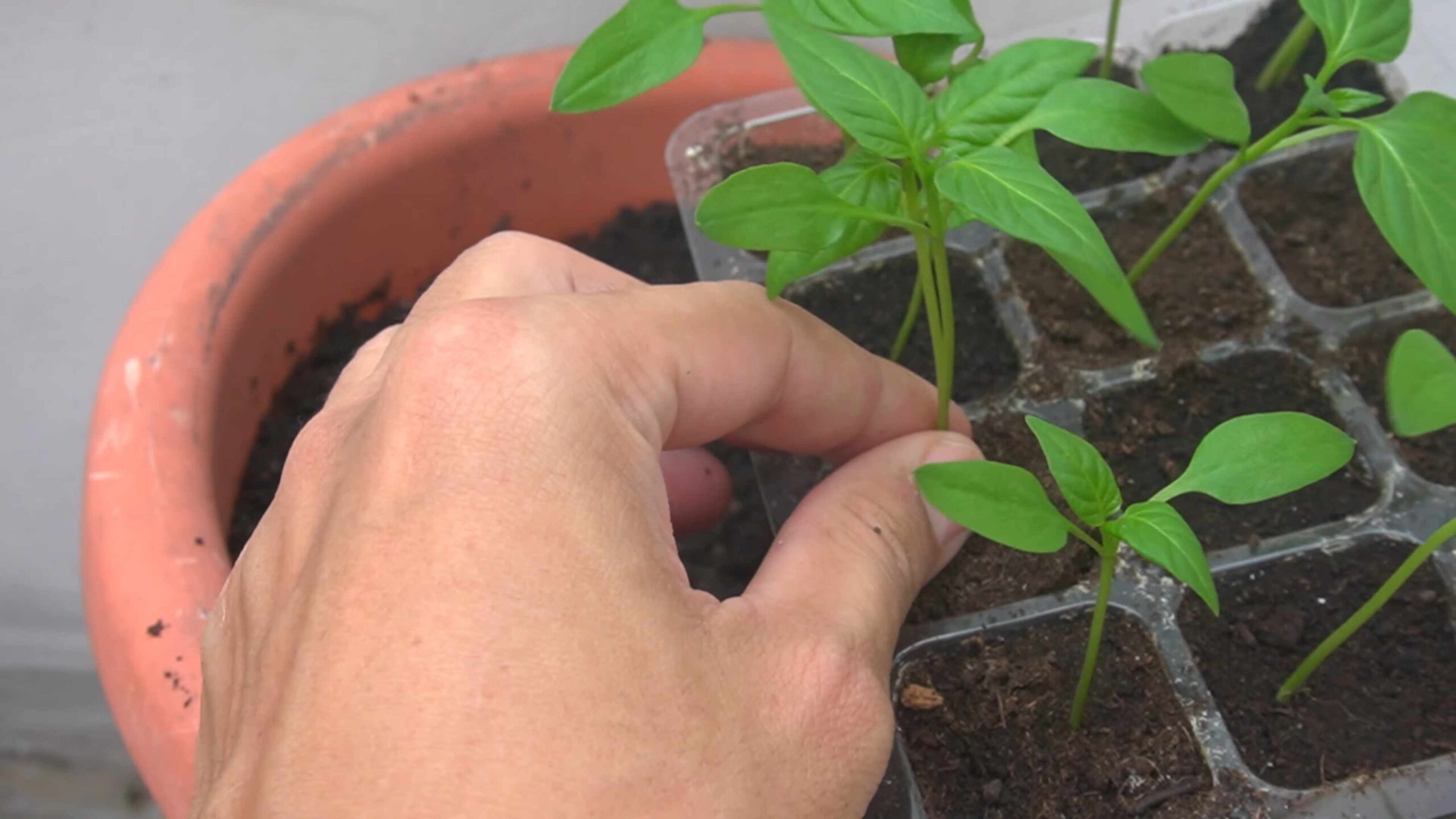
Conclusion
So, there you have it! Growing bell peppers from seed might seem daunting at first, but with a little patience and these simple steps, you can cultivate your own vibrant, delicious peppers right in your backyard or even on your windowsill. This DIY project isn’t just about saving money; it’s about connecting with the food you eat, understanding the growing process, and enjoying the unparalleled satisfaction of harvesting something you nurtured from a tiny seed.
Why is this a must-try? Because the flavor of a homegrown bell pepper, ripened on the vine, is simply unmatched by anything you can find in a grocery store. The sweetness is more intense, the texture is crisper, and the overall experience is far more rewarding. Plus, you have complete control over the growing process, ensuring your peppers are free from unwanted chemicals and pesticides.
Beyond the basic method, there are countless ways to customize your bell pepper growing adventure. Experiment with different varieties – from the classic green bell pepper to the sweeter red, yellow, and orange varieties, or even try some of the more exotic purple or chocolate-colored peppers. Consider using different types of soil mixes to see which one yields the best results in your specific climate. You can also explore companion planting, pairing your bell peppers with herbs like basil or marigolds to deter pests and enhance growth.
For those with limited space, container gardening is an excellent option. Choose a large pot (at least 5 gallons) and ensure it has good drainage. Dwarf bell pepper varieties are particularly well-suited for containers. You can even bring your potted peppers indoors during colder months to extend the growing season.
Don’t be afraid to experiment with different fertilizers and watering schedules to find what works best for your plants. Remember to observe your plants closely and adjust your care accordingly. Are the leaves turning yellow? Are the peppers developing spots? These are all signs that something might need adjusting.
Growing bell peppers from seed is more than just a gardening project; it’s an opportunity to learn, to connect with nature, and to enjoy the fruits (or rather, vegetables) of your labor. It’s a chance to reduce your carbon footprint, support sustainable practices, and add a touch of homegrown goodness to your meals.
We wholeheartedly encourage you to give this DIY trick a try. Start small, be patient, and don’t be discouraged by setbacks. Every gardener, even the most experienced, faces challenges along the way. The key is to learn from your mistakes and keep experimenting.
And most importantly, we want to hear about your experience! Share your photos, tips, and stories in the comments below. Let us know what varieties you’re growing, what challenges you’ve faced, and what successes you’ve celebrated. Together, we can create a community of bell pepper enthusiasts, sharing our knowledge and inspiring others to embark on their own gardening adventures. So, grab your seeds, get your hands dirty, and get ready to enjoy the delicious rewards of growing your own bell peppers!
Frequently Asked Questions (FAQ)
How long does it take to grow bell peppers from seed?
The time it takes to grow bell peppers from seed to harvest can vary depending on the variety, climate, and growing conditions. Generally, it takes about 60-80 days after transplanting seedlings outdoors to harvest mature bell peppers. Starting seeds indoors 6-8 weeks before the last expected frost can give you a head start. So, from seed to table, you’re looking at roughly 3-4 months.
What is the best time to start bell pepper seeds indoors?
The ideal time to start bell pepper seeds indoors is 6-8 weeks before the last expected frost in your area. This allows the seedlings to develop a strong root system before being transplanted outdoors. Check your local weather forecasts and gardening resources to determine the average last frost date for your region.
What kind of soil is best for growing bell peppers?
Bell peppers thrive in well-draining, fertile soil that is rich in organic matter. A slightly acidic to neutral pH (around 6.0-7.0) is ideal. You can amend your garden soil with compost, aged manure, or other organic materials to improve its fertility and drainage. For container gardening, use a high-quality potting mix specifically formulated for vegetables.
How often should I water my bell pepper plants?
Bell pepper plants need consistent moisture, especially during hot weather. Water deeply whenever the top inch of soil feels dry to the touch. Avoid overwatering, as this can lead to root rot. Mulching around the plants can help retain moisture and suppress weeds. Aim for about 1-2 inches of water per week, depending on rainfall.
What kind of fertilizer should I use for bell peppers?
Bell peppers benefit from regular fertilization, especially during the fruiting stage. Use a balanced fertilizer with equal amounts of nitrogen, phosphorus, and potassium (e.g., 10-10-10) or a fertilizer specifically formulated for vegetables. Follow the instructions on the fertilizer package for application rates. You can also supplement with organic fertilizers like compost tea or fish emulsion.
How much sunlight do bell pepper plants need?
Bell pepper plants require at least 6-8 hours of direct sunlight per day to thrive. Choose a sunny location in your garden or on your patio where your plants will receive ample sunlight. If you’re growing bell peppers indoors, use grow lights to supplement natural sunlight.
How do I prevent pests and diseases on my bell pepper plants?
To prevent pests and diseases, start with healthy seedlings and plant them in well-draining soil. Regularly inspect your plants for signs of pests or diseases. Common pests include aphids, flea beetles, and spider mites. Control pests with insecticidal soap, neem oil, or by handpicking them off the plants. Diseases like blossom-end rot and fungal infections can be prevented by providing adequate calcium, proper watering, and good air circulation.
Why are my bell pepper flowers falling off?
Bell pepper flowers can fall off due to several factors, including temperature stress (too hot or too cold), insufficient pollination, lack of water, or nutrient deficiencies. Ensure your plants are receiving adequate water and nutrients, and protect them from extreme temperatures. You can also try hand-pollinating the flowers by gently shaking the plants or using a small brush to transfer pollen from one flower to another.
When are bell peppers ready to harvest?
Bell peppers are typically ready to harvest when they reach their mature size and color. The skin should be firm and glossy. You can harvest green bell peppers at any stage, but they will be sweeter and more flavorful if allowed to ripen to their mature color (red, yellow, orange, etc.). Use pruning shears or a sharp knife to cut the peppers from the plant, leaving a short stem attached.
Can I grow bell peppers in containers?
Yes, bell peppers can be successfully grown in containers. Choose a large pot (at least 5 gallons) with good drainage. Use a high-quality potting mix and provide regular watering and fertilization. Dwarf bell pepper varieties are particularly well-suited for container gardening. Make sure the container receives at least 6-8 hours of sunlight per day.
What are some good companion plants for bell peppers?
Good companion plants for bell peppers include basil, marigolds, onions, garlic, and carrots. Basil helps repel pests and improve the flavor of bell peppers. Marigolds deter nematodes and other soil pests. Onions and garlic also repel pests. Carrots help loosen the soil and improve drainage. Avoid planting bell peppers near fennel or brassicas (e.g., cabbage, broccoli), as they can inhibit growth.
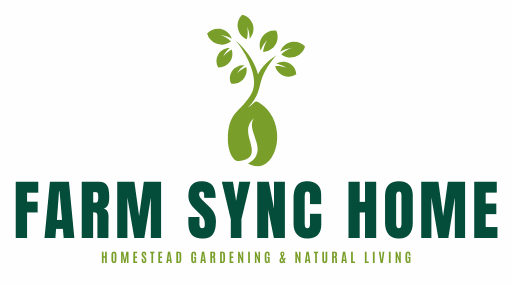
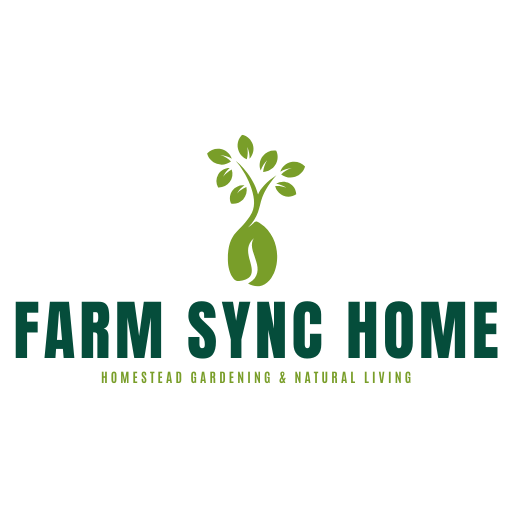
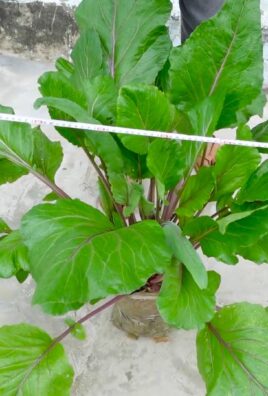
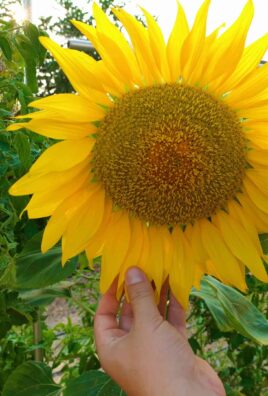
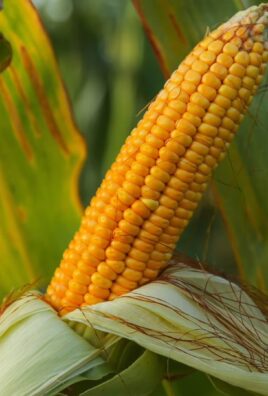
Leave a Comment